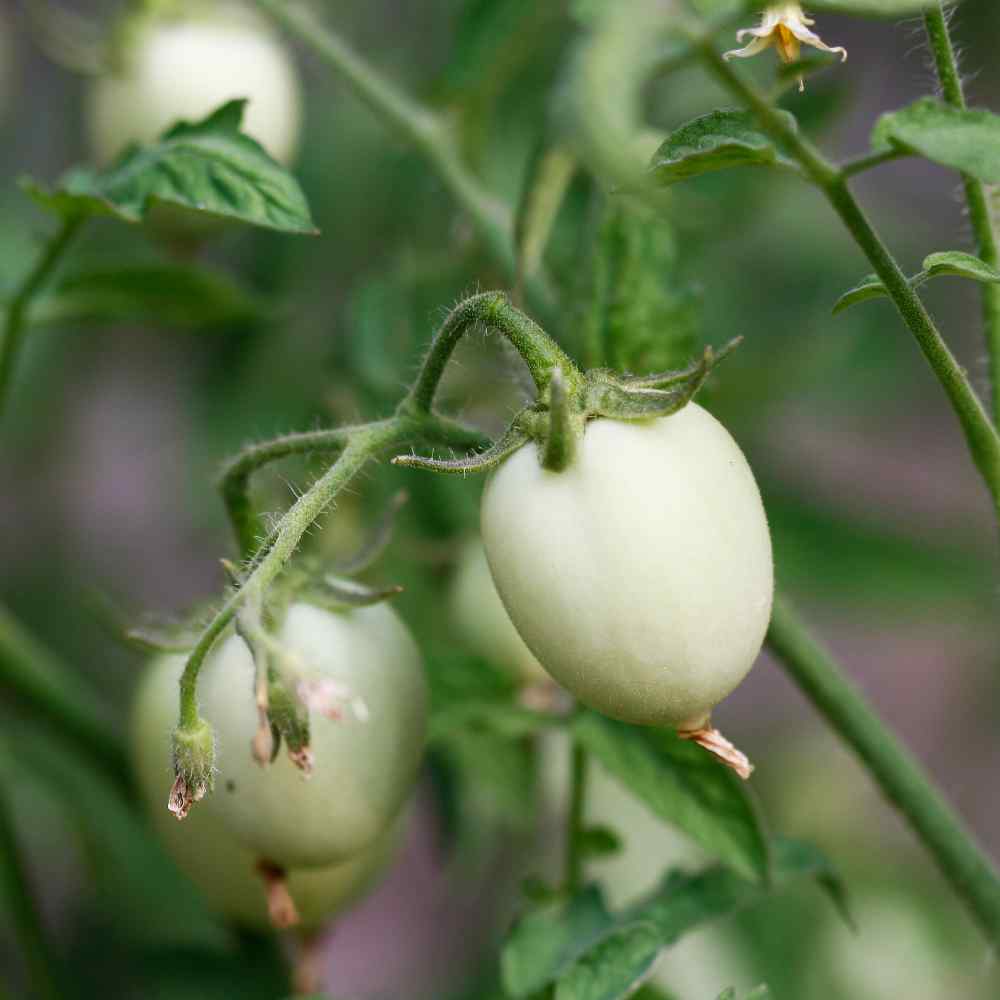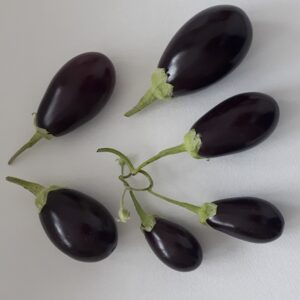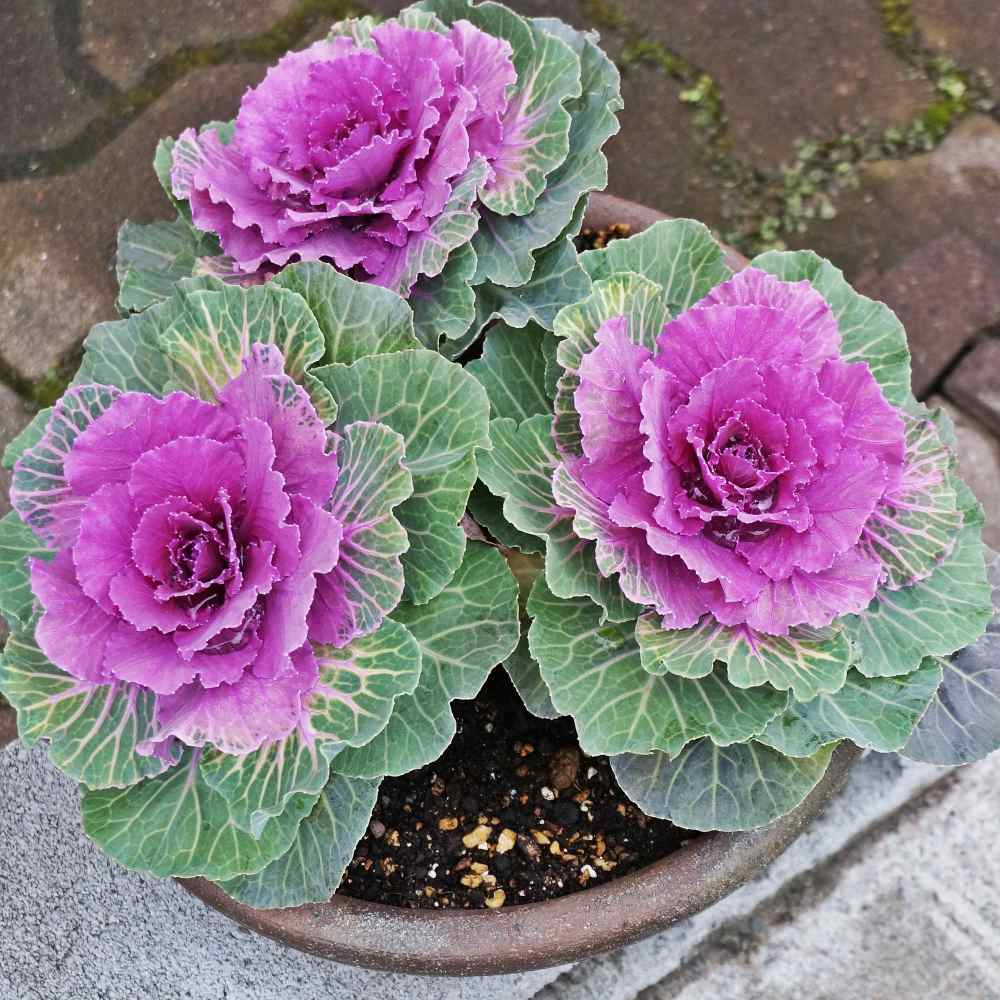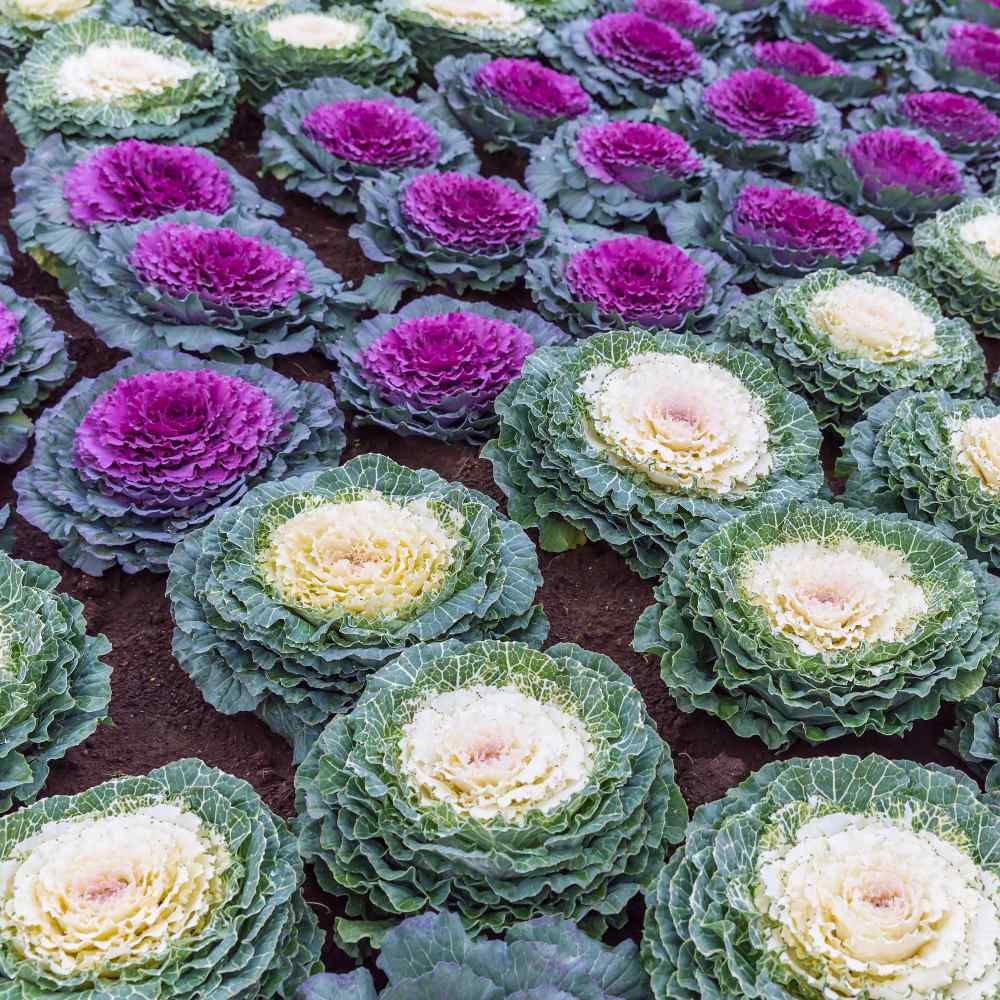
Ornamental Eggplant Planting Guide
Quick Facts About Ornamental Eggplant
Ornamental Eggplant is a very unique, tropical plant that will provide you with a great conversation piece. Often called Golden Egg Tree, it produces purple flowers that are followed by egg-shaped, non-poisonous fruit. It grows well in pots, containers, as a house plant, or an ornamental hedge.
Planting Time
Plant indoors 6 - 8 weeks before the last frost. Or, start directly outdoors after danger of frost has passed.

Planting Location
Plant in full sun with rich, well-drained soil.
How to Plant Ornamental Eggplant
- You have two options for planting seeds: Sow them directly into the garden at a depth of 1/4 - 1/2 inch after the risk of frost has passed. Alternatively, start seeds indoors six to eight weeks before the average last frost date in spring.
- Presoak seeds overnight before planting 2 - 3 seeds per cell or plant.
- Once seedlings sprout, ensure they receive plenty of light by placing them on a sunny windowsill or positioning them 3-4 inches below fluorescent plant lights that are switched on for 16 hours daily and off for 8 hours at night. Adjust the lights as the plants grow taller. Avoid using incandescent bulbs as they generate excessive heat. Remember, most plants need a period of darkness to thrive, so do not keep the lights on for 24 hours.
- Transplant into garden when temperatures are consistently warm.
- Before transplanting seedlings into the garden, it's essential to "harden them off". This involves acclimating young plants to outdoor conditions by placing them in a sheltered outdoor area for about a week. Initially, shield them from strong winds and direct sunlight. If there's a risk of frost overnight, either cover the plants or bring them indoors, then return them outside in the morning. This hardening off method helps strengthen the plant's cell structure, minimizing transplant shock and sun damage.
- Space plants 12 - 18 inches apart in garden.

Care And Maintenance
- Keep weeds under control during the growing season. Weeds compete with plants for water, space and nutrients, so control them by either cultivating often or use a mulch to prevent their seeds from germinating.
- Mulches play a vital role in preserving soil moisture and ensuring consistent soil temperatures. When it comes to annuals, using organic mulch made from shredded leaves not only enhances the appearance of the bed but also enriches the soil as it decomposes over time. Remember to keep mulch away from the plant stems to avoid potential rot issues.
- Water regularly, or whenever the soil is dry to the touch. Ornamental Eggplant does not need to be fertilized.
- Depending on the size of the plant and the environment where it is being grown, usually 10 - 20 egg-shaped fruits will form. The fruit is white at first and then turns yellow or even a gold color as it matures. Harvest when the skin is glossy, by clipping the woody stem. Enjoy the fruit while it is fresh.




































